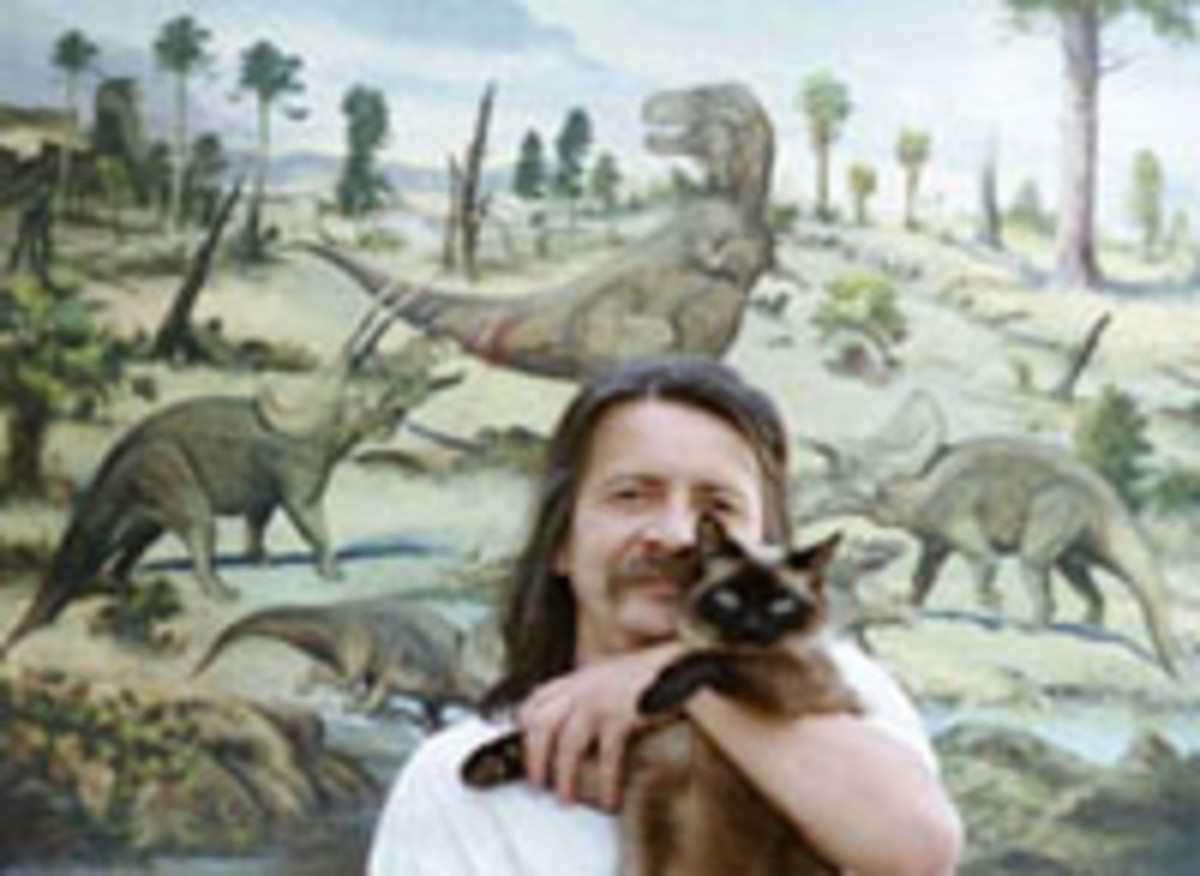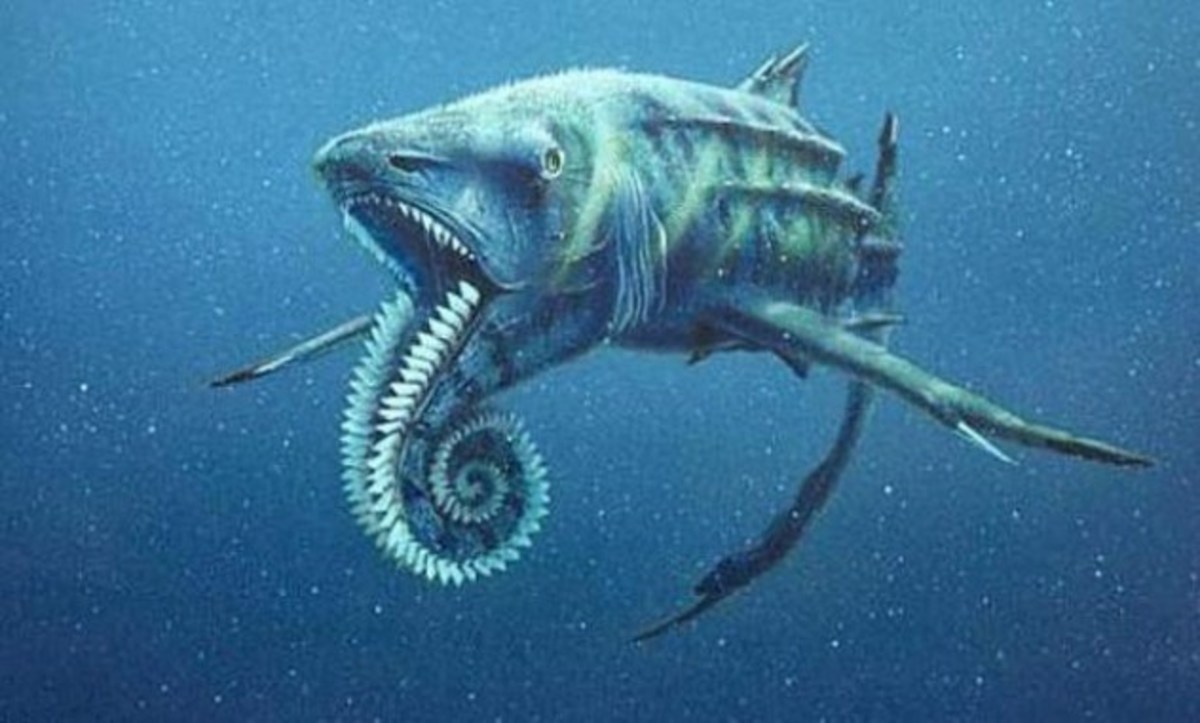- HubPages»
- Education and Science»
- Life Sciences»
- Paleontology»
- Prehistoric Life
Prehistoric Long-Necked Dinosaurs
Dinosaurs were perhaps one of the most remarkable creatures ever to grace the planet Earth, their existence only known and studied from their fossilized legacy. Though extinct, they certainly had been a thing of wonder to us, especially considering how massive they had once been. The long-necks were one of those who hold the most intrigue with their jaw-droppingly necks
Listed below are such sky-scraping creatures of prehistory:
Brachiosaurus
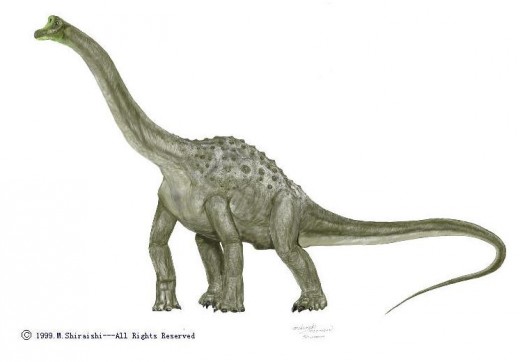
Brachiosaurus's Skull
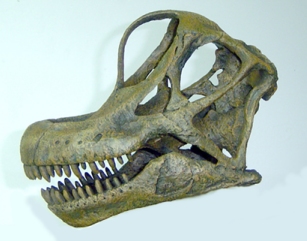
The Brachiosaurus was a Sauropod (a four-legged, plant-eating giant) during the late Jurassic period (150-145 million years ago). From the study of its fossils, It was speculated to have been approximately 12-16 metres tall when it was still alive, 26 metres long, and weighed somewhere around 30-80 tonnes.
Apatosaurus (Brontosaurus)
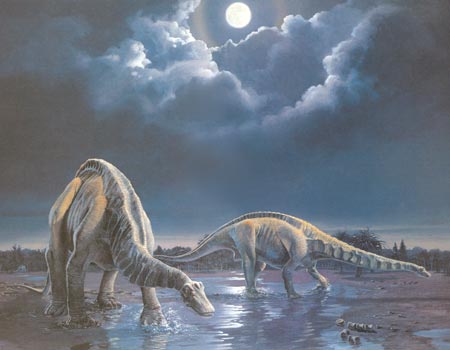
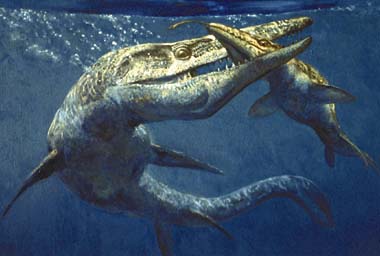
Existed during the late Jurassic period as well, the Apatosaurus was once known by the name 'Brontosaurus' ('Thunder lizard') which would seem appropriate when taking its massive size into account had it not been for the fact that the creature's chevron bones (found on the underside of its tail) were noted with a striking similarity to those of the mosasaurs; thus its name, Apatosaurus ('Deceptive lizard').
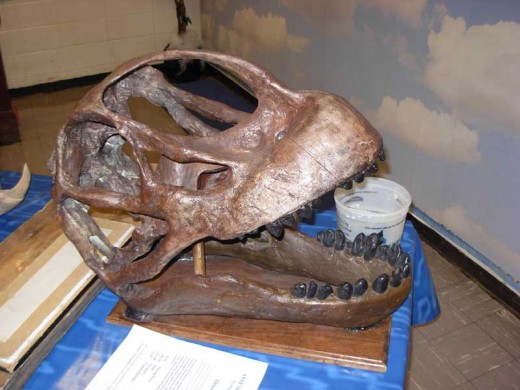
The Apatosaurus was approximately 22-27 metres long, 3-4.6 metres at the hips and had weighed about 30-35 tonnes. Though sporting a really long neck, it is incapable of raising it any higher than its shoulders.
Diplodocus
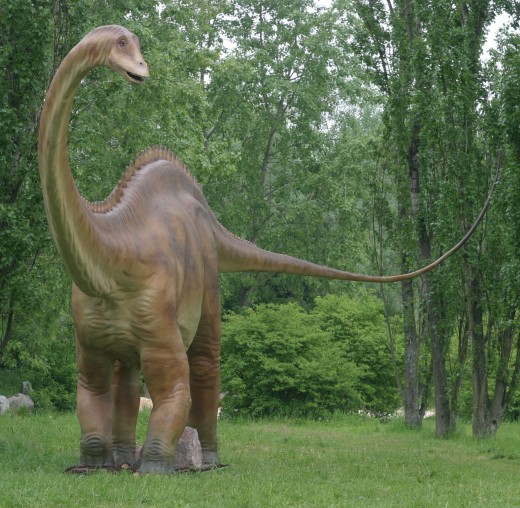
Diplodocus's Skull
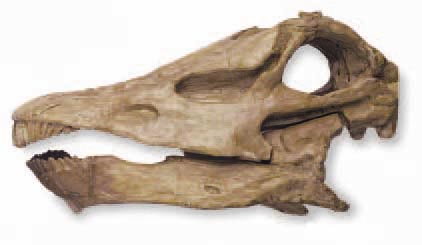
Existed alongside the two aforementioned dinosaurs, Brachiosaurus and Apatosaurus, in the late Jurassic period, the Diplodocus was measured to be approximately 27 metres with an 8-metre long neck and a 14-metre long tail. Like other Sauropods, it was supposed to be incapable of raising its neck up around 5.4 metres off the ground.
The Seismosaurus (Now D. Hallorum)
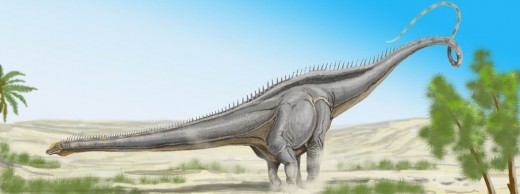
The Seismosaurus had been regarded to be of its own species, until in 2004, it was discovered that the Seismosaurus was actually a juvenile version of the Diplodocus, pretty much how the Triceratops was a mere infantile synonym of the Torosaurus.
Supersaurus
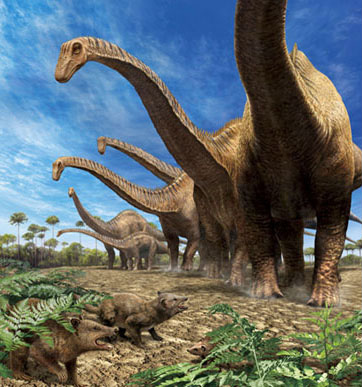
Belonging in the same family as the Diplodocus, Supersaurus ('super lizard') was, as indicated by fossils, about 35 metres long and weighed about 35-40 tonnes.
Barosaurus
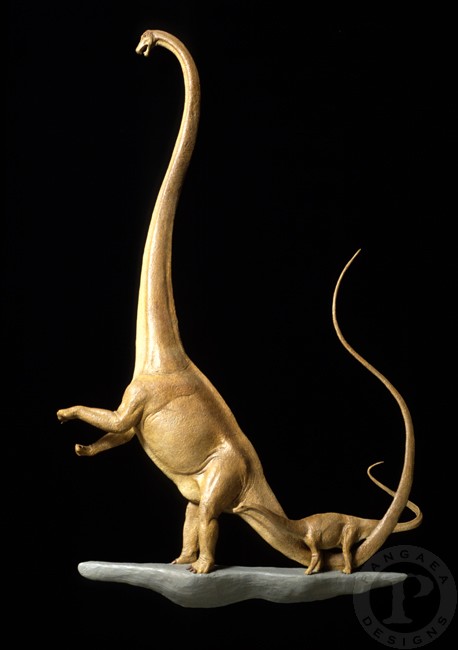
Barosaurus ('heavy lizard') of the Late Jurassic period and closely related to the Diplodocus was measured to be approximately 20-26 metres long and weighed as much as 40 tonnes. Till now, its skull had yet to be found.
Camarasaurus
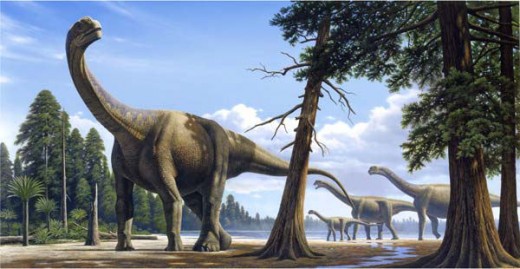
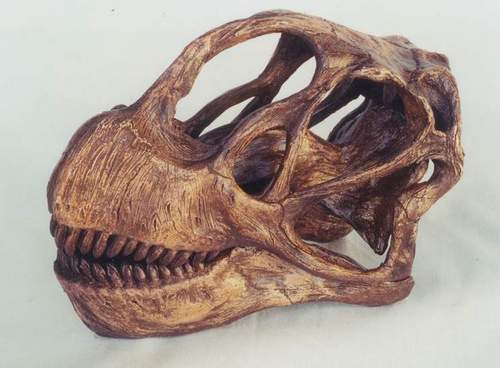
Camarasaurus ('chambered lizard', due to its hollowed out vertebrae) had lived during the Late Jurassic period, measuring approximately 7.5-20 metres long, 4.6 metres high at the hips and weighing as much as 20 tons.
Suuwassea
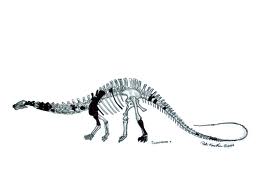
Suuwassea ('ancient thunder' in Native American) was closely related to the Diplodocus and estimated to be around 14-15 metres long.
Rapetosaurus
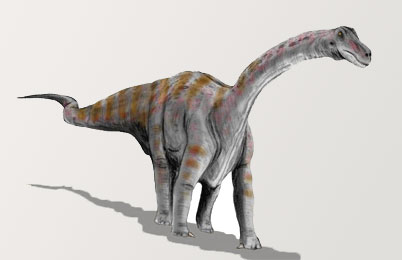

Rapetosaurus ('mischievous lizard'), discovered in 2001, existed during the end of the Cretaceous period (70-65 million years ago), measuring around 15 metres long and weighing about 20-30 tonnes.
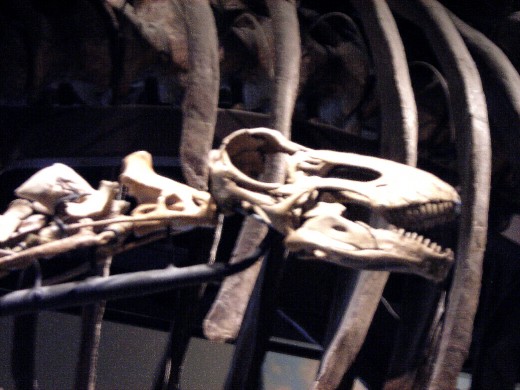
Plesiosaurus
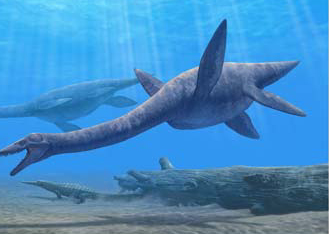
Plesiosaurus was a long-neck sauropterygian that once thrived on ammonites and other small invertebrates in the prehistoric seas of the Cretaceous period (65 million years ago) with flippers in place of arms and legs. Its total length was estimated to be approximately 3-5 metres.


